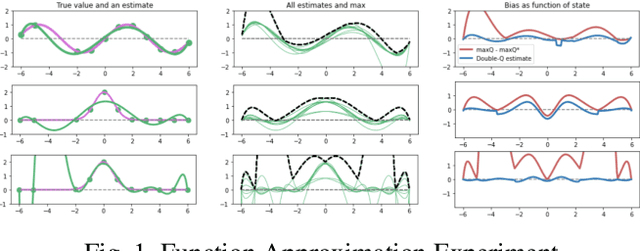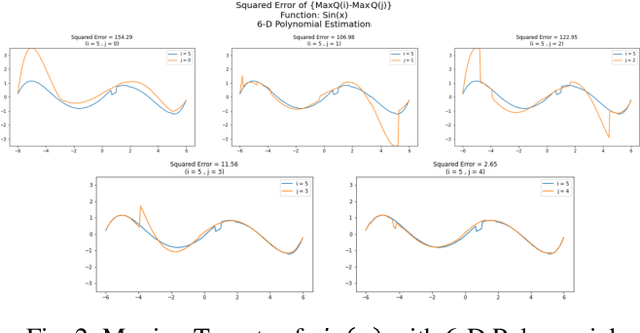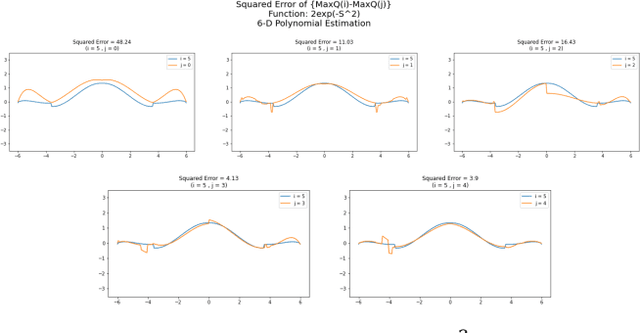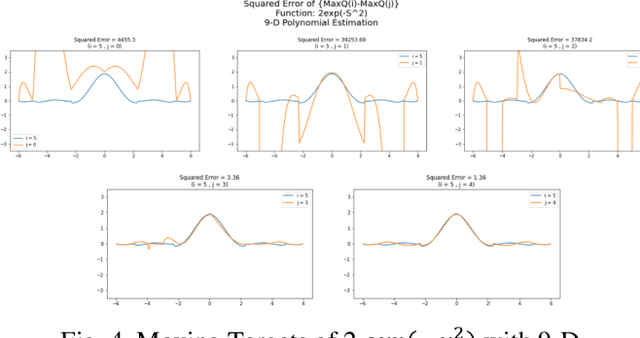Shervin Halat
SegLoc: Visual Self-supervised Learning Scheme for Dense Prediction Tasks of Security Inspection X-ray Images
Oct 21, 2023Abstract:Lately, remarkable advancements of artificial intelligence have been attributed to the integration of self-supervised learning (SSL) scheme. Despite impressive achievements within natural language processing (NLP), SSL in computer vision has not been able to stay on track comparatively. Recently, integration of contrastive learning on top of existing visual SSL models has established considerable progress, thereby being able to outperform supervised counterparts. Nevertheless, the improvements were mostly limited to classification tasks; moreover, few studies have evaluated visual SSL models in real-world scenarios, while the majority considered datasets containing class-wise portrait images, notably ImageNet. Thus, here, we have considered dense prediction tasks on security inspection x-ray images to evaluate our proposed model Segmentation Localization (SegLoc). Based upon the model Instance Localization (InsLoc), our model has managed to address one of the most challenging downsides of contrastive learning, i.e., false negative pairs of query embeddings. To do so, our pre-training dataset is synthesized by cutting, transforming, then pasting labeled segments, as foregrounds, from an already existing labeled dataset (PIDray) onto instances, as backgrounds, of an unlabeled dataset (SIXray;) further, we fully harness the labels through integration of the notion, one queue per class, into MoCo-v2 memory bank, avoiding false negative pairs. Regarding the task in question, our approach has outperformed random initialization method by 3% to 6%, while having underperformed supervised initialization, in AR and AP metrics at different IoU values for 20 to 30 pre-training epochs.
Modified Double DQN: addressing stability
Aug 09, 2021



Abstract:Inspired by double q learning algorithm, the double DQN algorithm was originally proposed in order to address the overestimation issue in the original DQN algorithm. The double DQN has successfully shown both theoretically and empirically the importance of decoupling in terms of action evaluation and selection in computation of targets values; although, all the benefits were acquired with only a simple adaption to DQN algorithm, minimal possible change as it was mentioned by the authors. Nevertheless, there seems a roll-back in the proposed algorithm of Double-DQN since the parameters of policy network are emerged again in the target value function which were initially withdrawn by DQN with the hope of tackling the serious issue of moving targets and the instability caused by it (i.e., by moving targets) in the process of learning. Therefore, in this paper three modifications to the Double-DQN algorithm are proposed with the hope of maintaining the performance in the terms of both stability and overestimation. These modifications are focused on the logic of decoupling the best action selection and evaluation in the target value function and the logic of tackling the moving targets issue. Each of these modifications have their own pros and cons compared to the others. The mentioned pros and cons mainly refer to the execution time required for the corresponding algorithm and the stability provided by the corresponding algorithm. Also, in terms of overestimation, none of the modifications seem to underperform compared to the original Double-DQN if not outperform it. With the intention of evaluating the efficacy of the proposed modifications, multiple empirical experiments along with theoretical experiments were conducted. The results obtained are represented and discussed in this article.
 Add to Chrome
Add to Chrome Add to Firefox
Add to Firefox Add to Edge
Add to Edge